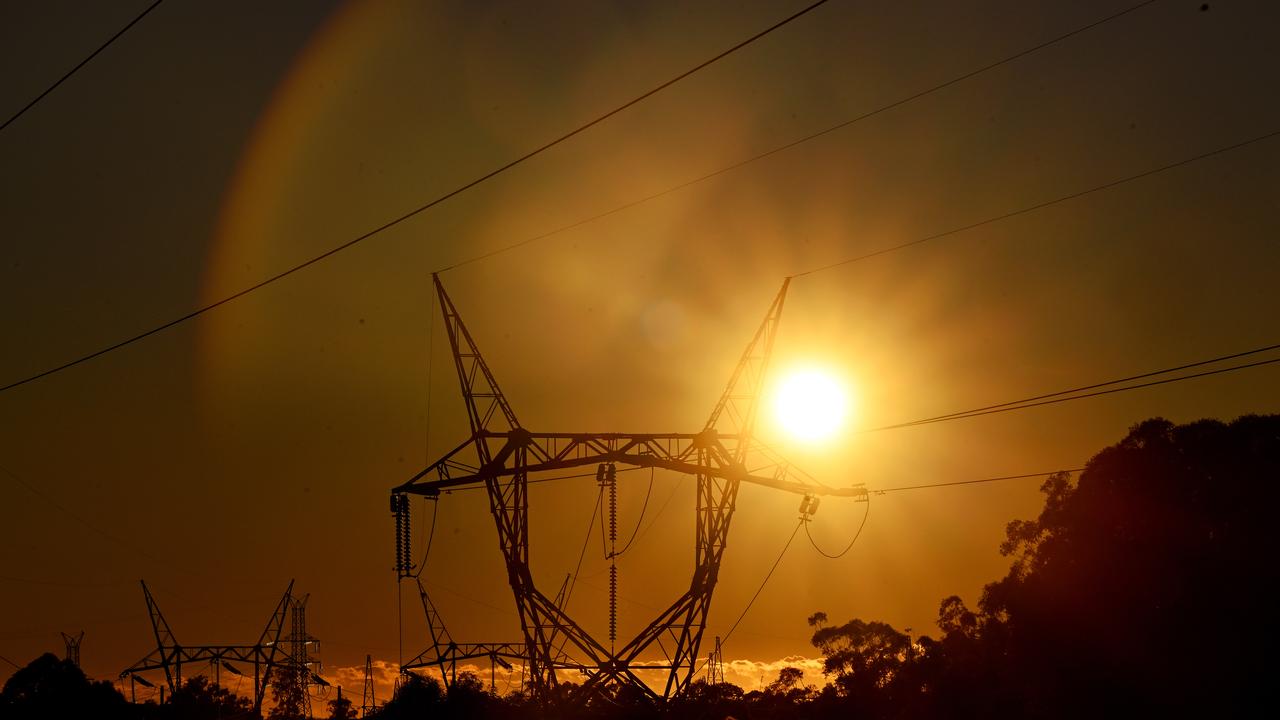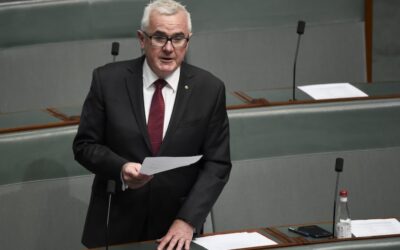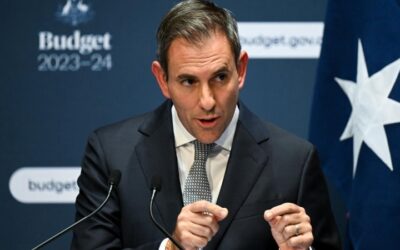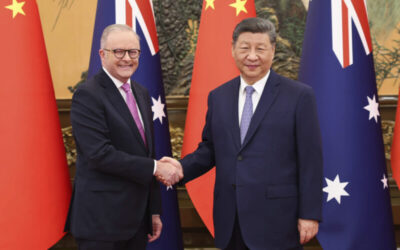Picking up the phone to negotiate a better deal rather than languishing on standing offers could save households as much as $700 on their power bills.
Electricity price increases of somewhere between 0.5 per cent and 9.7 per cent can be expected from July 1 by customers on default market offers, the maximum retailers can charge as spelled out by regulators.
Caps are enforced in NSW, South Australia, southeast Queensland and Victoria, with the intention of protecting the hundreds of thousands of customers who tend to set-and-forget their power plans.
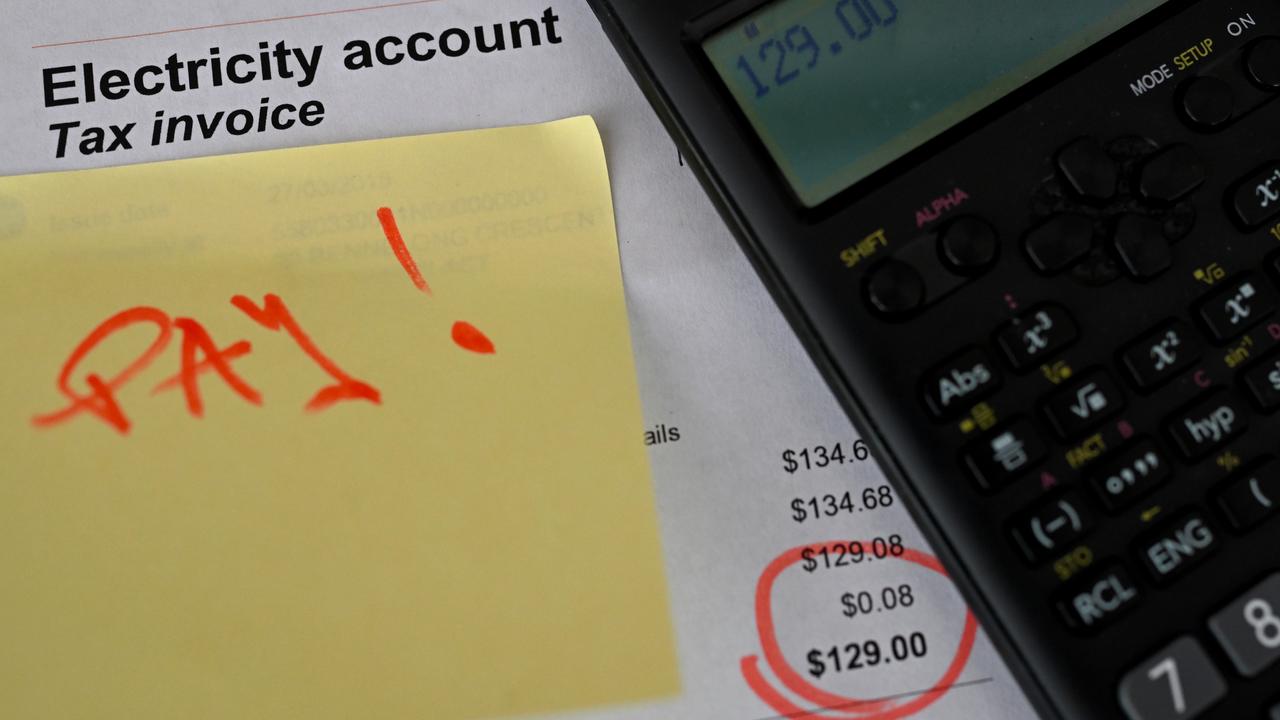
Safety-net prices are reset once a year to reflect the cost of producing and delivering electricity to homes and businesses, with both higher generation and poles and wires costs contributing to the 2025 increase.
Consumers have been encouraged to shop around to find more competitive market offers, with savings of between 18 per cent and 27 per cent possible by switching from default plans.
Finder utilities expert Mariam Gabaji said people should review and compare energy plans every 12 months to avoid overpaying.
“There’s as much as a $500 to $700 a year price gap between the cheapest and most expensive electricity plans in our database,” she said.
NSW customers on standing offers face the steepest price growth of between 8.3 per cent to 9.7 per cent, depending on their network area.
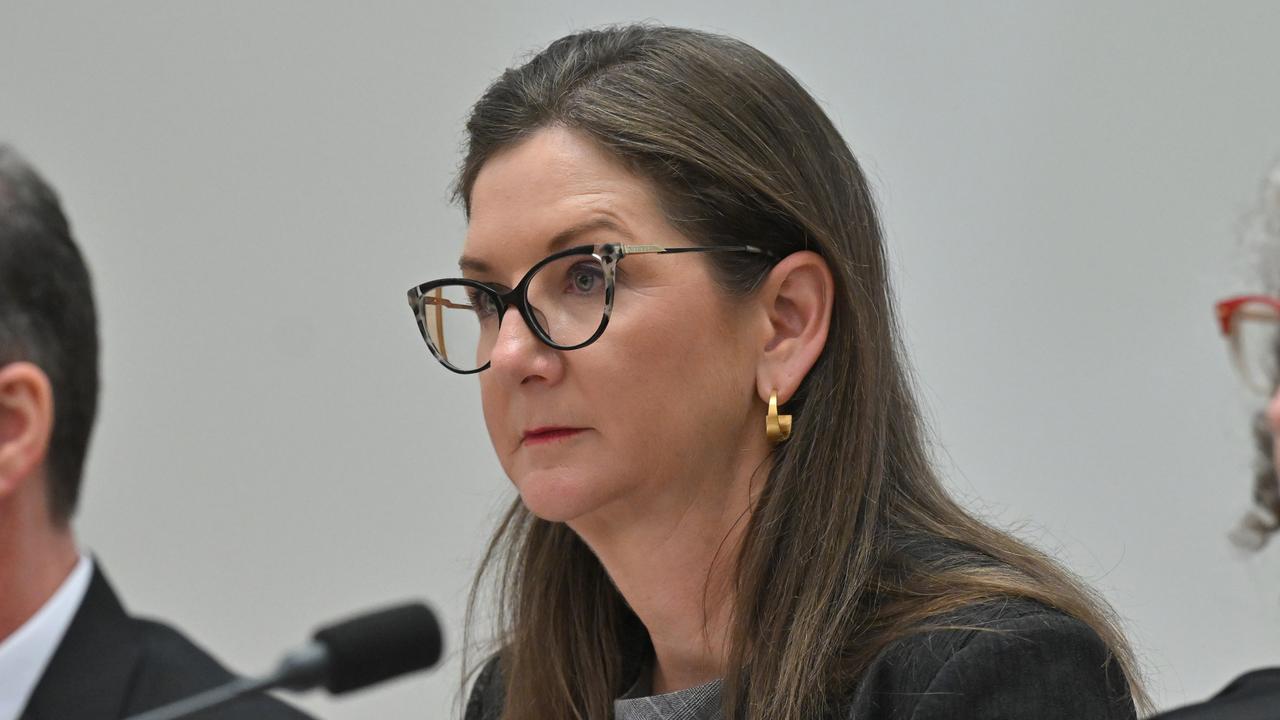
Australian Energy Regulator chair Clare Savage said NSW was experiencing bigger increases in wholesale costs and transmission than other states.
“In NSW we’ve seen some unexpected outages of coal-fired power stations, which can drive up that wholesale cost,” Ms Savage told ABC Radio on Monday.
She also flagged boosted investment in networks to make them more resilient to cyberattack and climate risks, such as the floods devastating parts of NSW.
Other states covered by the AER’s remit are in line for more modest increases, though Ms Savage said wholesale and network costs rose in most jurisdictions.
Residential customers on default plans in southeast Queensland can expect hikes of anywhere between 0.5 per cent and 3.7 per cent, while people in South Australia face rises of 2.3 per cent to 3.2 per cent.
Victorian households can expect a modest one per cent average bump, according to the Essential Services Commission.
Prime Minister Anthony Albanese defended his government’s energy policies when asked if households were bearing the financial burden of increased network costs to switch to clean energy.
“The cheapest form of new energy is renewables, backed by gas, backed by batteries and backed by hydro for firming capacity,” he told reporters.
“That is the transition that is under way.
“And at the election on May 3, there was the option of stopping all of that, waiting until the 2040s for the nuclear fantasy to be rolled out with costs, unknown of that.”

Deputy leader of the opposition Ted O’Brien said electricity prices continued to rise despite “constant assurances of cheaper power from the Albanese government”.
“The AER identifies high demand, network and power station outages and low renewable generation as the key drivers behind the continued rise in prices,” said the former energy spokesman.
“While the opposition acknowledges it did not meet expectations at the recent election the fundamental issues in Australia’s energy market under Labor persist – prices continue to rise.”
Australian Associated Press is the beating heart of Australian news. AAP is Australia’s only independent national newswire and has been delivering accurate, reliable and fast news content to the media industry, government and corporate sector for 85 years. We keep Australia informed.
